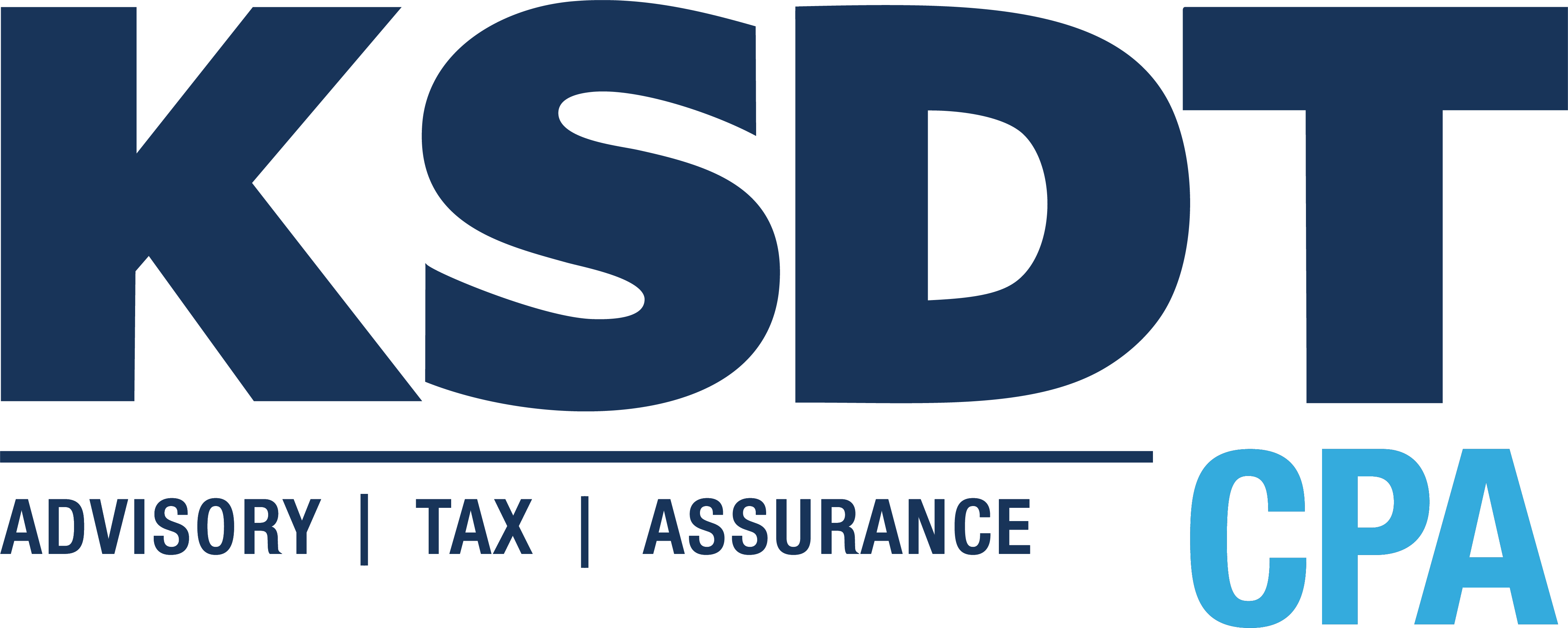Accounting clean-up refers to the process of reviewing and correcting financial records to ensure accuracy, completeness, and compliance with accounting standards and regulations. It is typically undertaken when there are discrepancies, errors, or inconsistencies in financial statements or accounting records that need to be addressed. Here’s how accounting clean-up works:
- Identifying Issues: The first step in accounting clean-up is to identify the issues or discrepancies in the financial records. This may involve reviewing financial statements, general ledger accounts, transaction records, and other relevant documents to pinpoint errors or irregularities.
- Analyzing Transactions: Once the issues are identified, accounting professionals analyze individual transactions to understand the nature and cause of the discrepancies. This may involve tracing transactions through the accounting system to identify errors in recording, classification, or timing.
- Reconciliation: Reconciliation is a crucial part of the clean-up process. It involves comparing financial records from different sources or accounts to ensure they align. This may include bank reconciliations, reconciling accounts receivable and accounts payable balances, and reconciling subsidiary ledgers with the general ledger.
- Adjusting Entries: Based on the analysis and reconciliation, adjusting entries are made to correct errors and bring the financial records into alignment with accounting principles and standards. Adjusting entries may include recording accruals, deferrals, corrections to misclassified transactions, or adjustments for depreciation and amortization.
- Documentation: Throughout the clean-up process, detailed documentation is essential to track the adjustments made, the rationale behind them, and the supporting evidence. Proper documentation ensures transparency, facilitates audits, and provides a clear audit trail for future reference.
- Review and Approval: Once the adjustments are made, the revised financial records are reviewed and approved by appropriate personnel, such as accounting managers, controllers, or external auditors. This review ensures the accuracy and reliability of the financial information before it is finalized.
- Communication: Clear communication is essential throughout the clean-up process, particularly when significant errors or discrepancies are identified. Stakeholders, such as management, shareholders, lenders, or regulatory authorities, may need to be informed of the findings and the actions taken to address them.
- Preventive Measures: After completing the clean-up process, it’s important to implement preventive measures to minimize the likelihood of similar errors occurring in the future. This may involve enhancing internal controls, providing training to accounting staff, or implementing automated systems to improve accuracy and efficiency.
Accounting clean-up is a systematic process aimed at ensuring the integrity and reliability of financial information, which is essential for making informed business decisions, meeting regulatory requirements, and maintaining stakeholder confidence.

